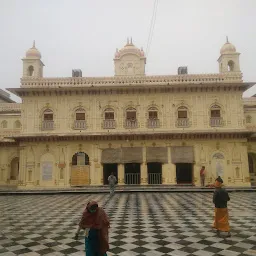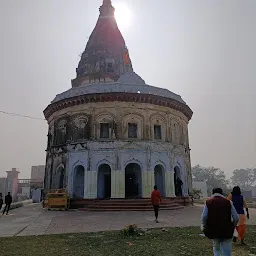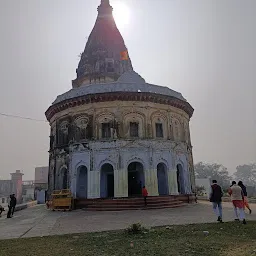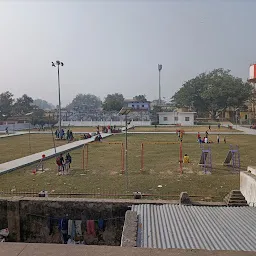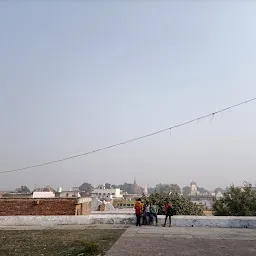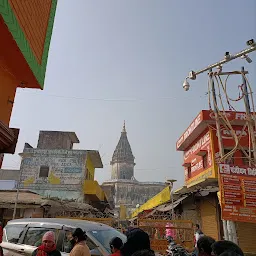Ram Sabha Mandir, Ayodhya
Q6W3+47J, New Colony, Ayodhya, Uttar Pradesh 224123, IndiaRam Sabha Mandir, Ayodhya is a hindu temple located in Ayodhya, Uttar Pradesh. The average rating of this place is 4.20 out of 5 stars based on 137 reviews. The street address of this place is Q6W3+47J, New Colony, Ayodhya, Uttar Pradesh 224123, India. It is about 0.60 kilometers away from the Ayodhya railway station.
- Where is Ram Sabha Mandir, Ayodhya located?
- Ram Sabha Mandir, Ayodhya is located at Q6W3+47J, New Colony, Ayodhya, Uttar Pradesh 224123, India.
- What is the nearest railway station from Ram Sabha Mandir, Ayodhya?
- Ayodhya railway station is the nearest railway station to Ram Sabha Mandir, Ayodhya. It is nearly 0.60 kilometers away from it.
Rohit Kumar 22 months ago
Rama, considered an incarnation of god Vishnu, is a widely worshiped Hindu deity. According to the ancient Indian epic, Ramayana, Rama was born in Ayodhya. In the 16th century, the Mughals constructed a mosque, the Babri Masjid which is believed to be the site of the Ram Janmabhoomi, the birthplace of Rama. A violent dispute arose in the 1850s.
In the 1980s, the Vishwa Hindu Parishad (VHP), belonging to the Hindu nationalist family Sangh Parivar, launched a new movement to reclaim the site for Hindus and to erect a temple dedicated to the infant Rama (Ram Lalla) at this spot. In November 1989, the VHP laid the foundations of a temple on land adjacent to the disputed mosque. On 6 December 1992, the VHP and the Bharatiya Janata Party organised a rally at the site involving 150,000 volunteers, known as kar sevaks. The rally turned violent, and the crowd overwhelmed the security forces and tore down the mosque.
The demolition resulted in several months of intercommunal rioting between India's Hindu and Muslim communities, causing the death of at least 2,000 people, and triggering riots all over the Indian subcontinent.A day after the demolition of the mosque, on 7 December 1992, The New York Times reported that "30 Hindu temples across Pakistan" were attacked, some set on fire, and one demolished. The government of Pakistan closed school and offices in a day of protest.Hindu temples in Bangladesh were also attacked.Some of these Hindu temples that were partially destroyed during the retaliation of Babri Masjid have since remained that way.Further violence against Hindu structures in Pakistan was prevented by the Pakistan Army and local Muslim community.
A 1978 and 2003 archaeological excavation by the Archaeological Survey of India (ASI) found evidence indicating that Hindu temple remains had existed on the site.Archeologist KK Muhammad accused several historians of undermining the findings.Over the years, various title and legal disputes also took place, such as the passage of the Acquisition of Certain Area at Ayodhya Ordinance, 1993. It was only after the 2019 Supreme Court verdict on Ayodhya dispute that it was decided the disputed land be handed over to a trust formed by the Indian government for the construction of a Ram temple. The trust was eventually formed under the name Shri Ram Janmabhoomi Teerth Kshetra. Five acres of land was allocated for the mosque 22 km away in the city in Dhannipur village. On 5 February 2020, it was announced in the Parliament that the Narendra Modi government had accepted a plan to construct the temple.
Kumar Pradeep 22 months ago
Awesome
Av Arpit 14 months ago
Good
- Address
- Q6W3+47J, New Colony, Ayodhya, Uttar Pradesh 224123, India
